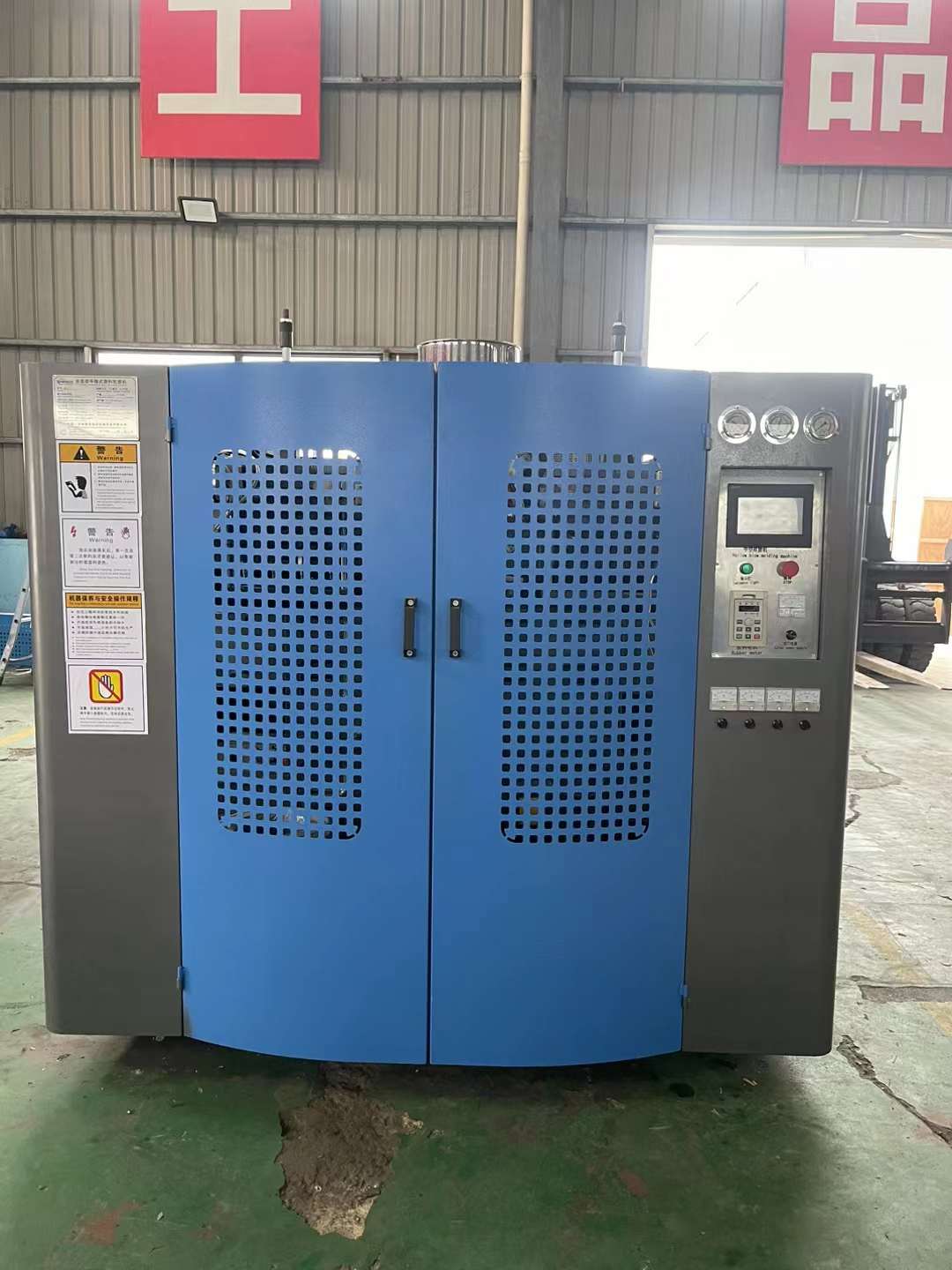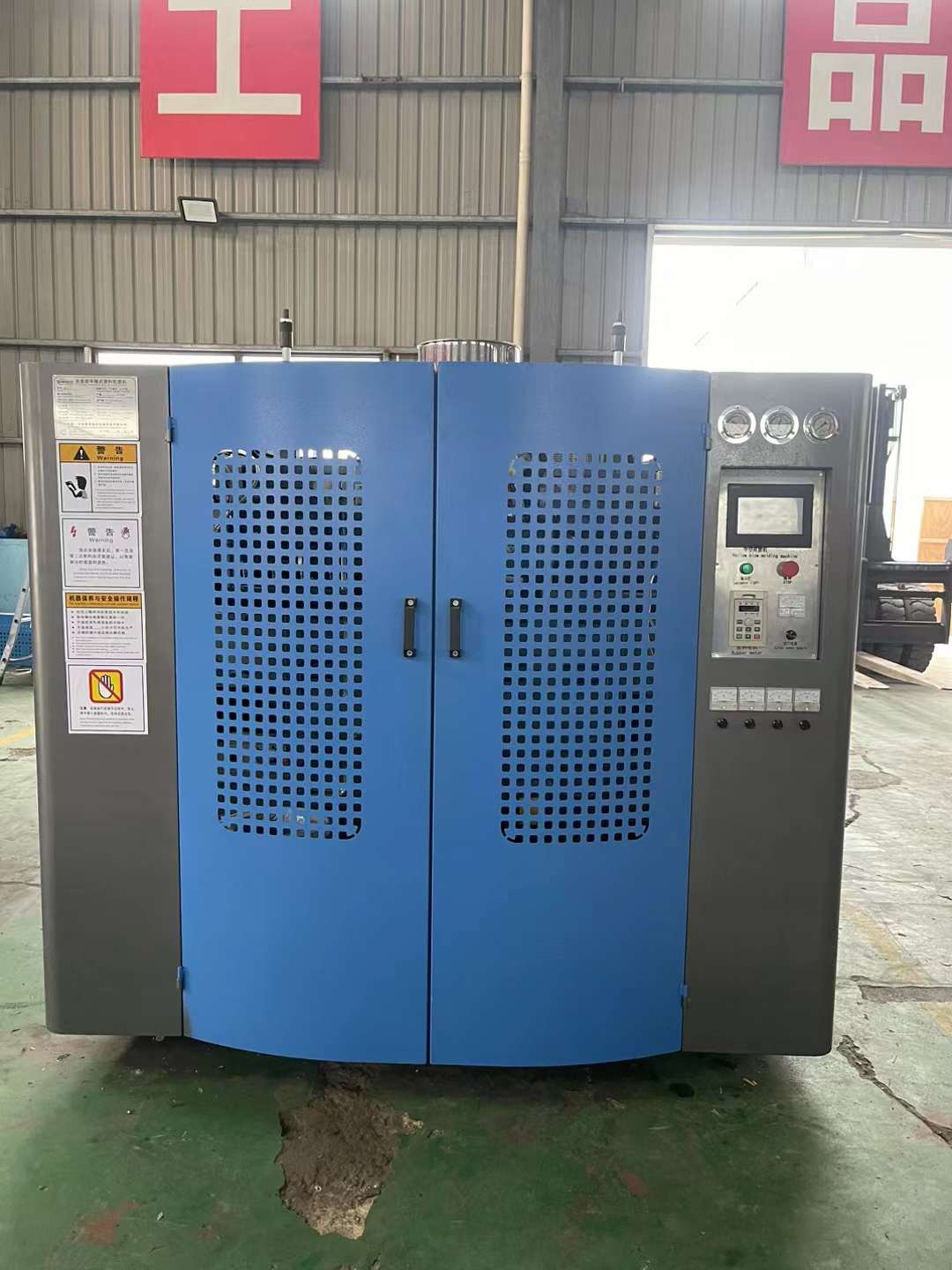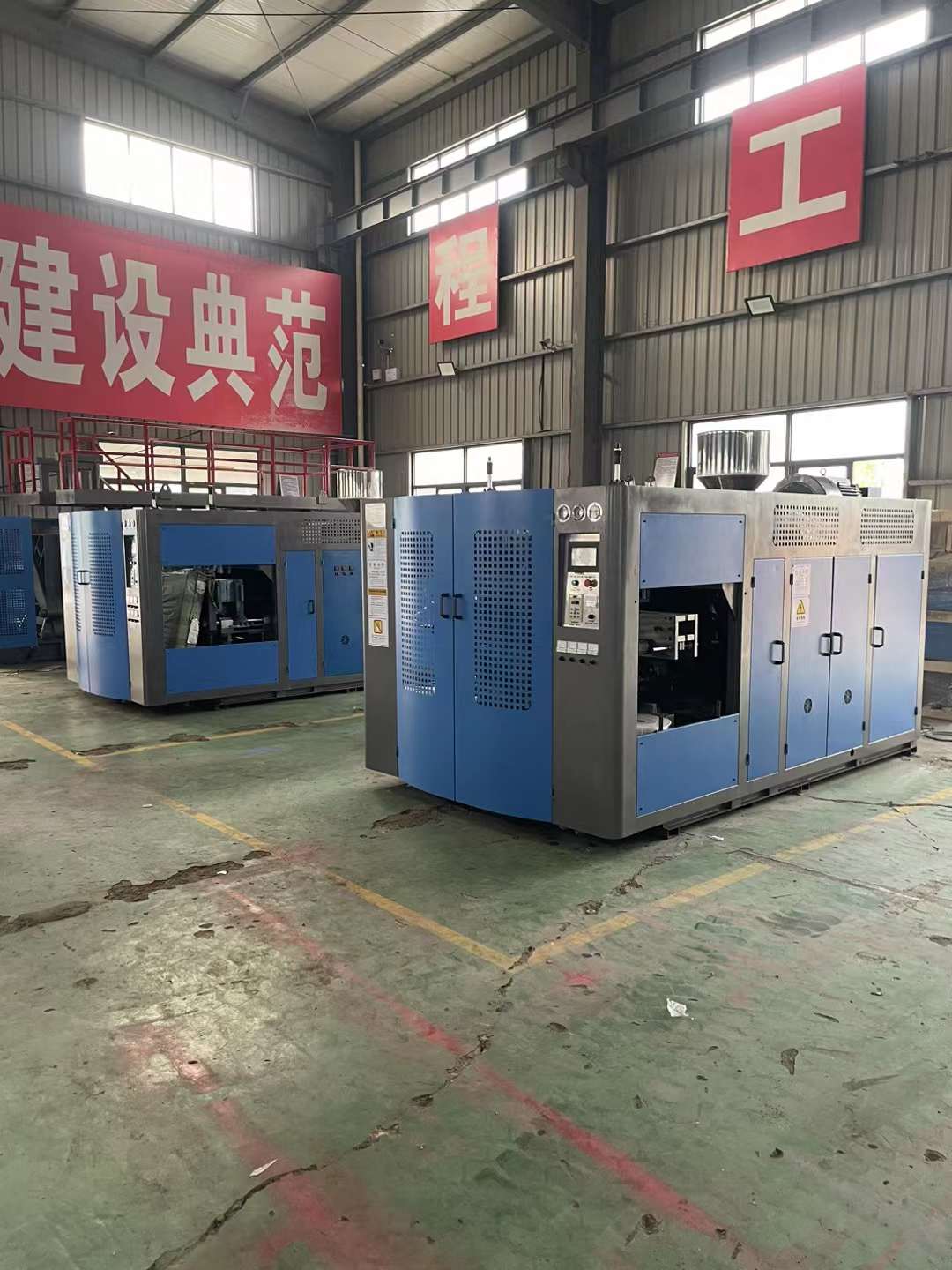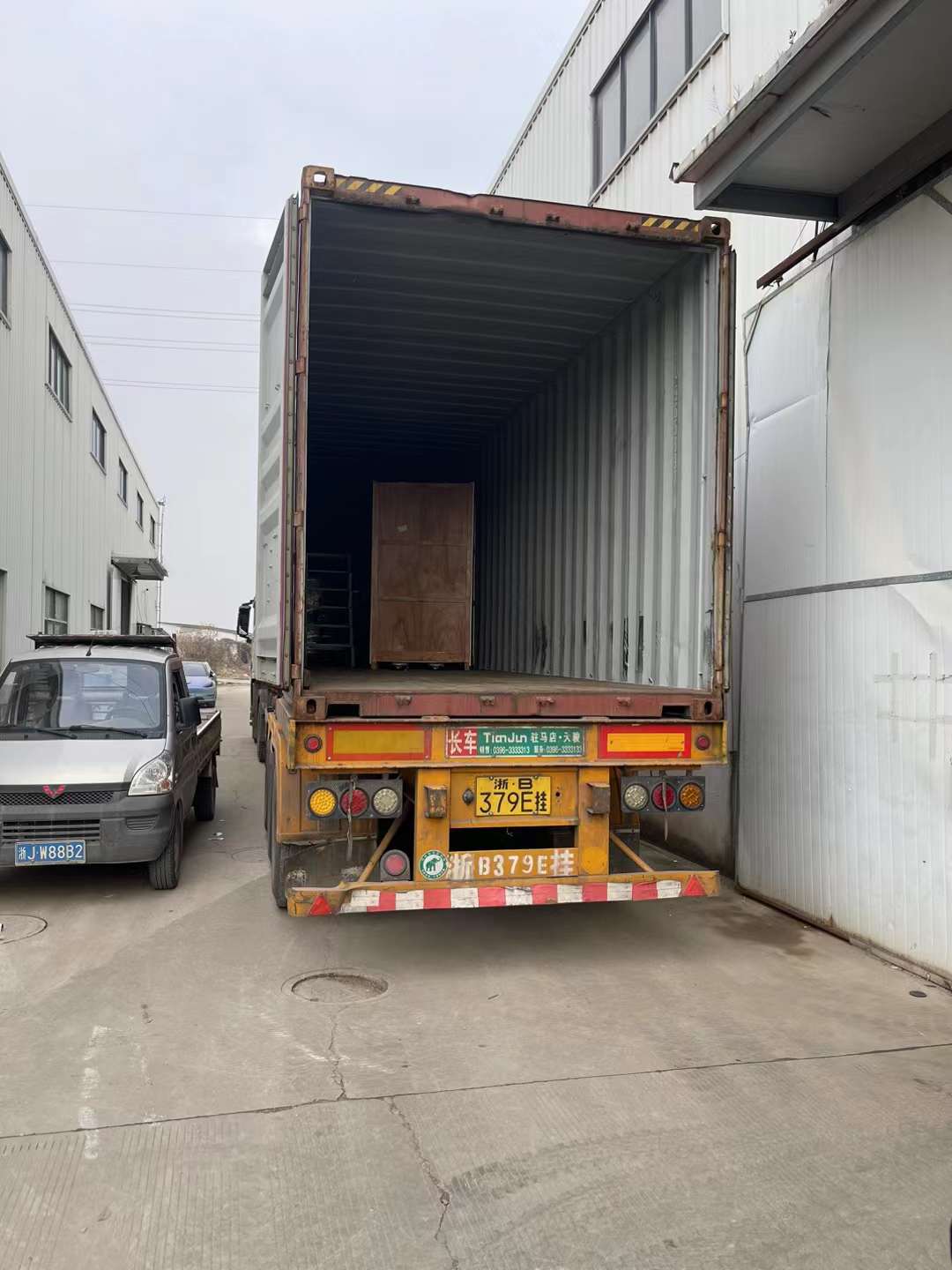
The manufacturing technology for extruders, particularly in the context of plastics processing, involves the production of machinery designed to melt and shape raw materials into a specific form. Extruders are commonly used in the production of plastic products, films, pipes, and profiles. Here's an overview of the key aspects of extruder manufacturing technology:

Design and Engineering:
Extruder manufacturers begin by designing the machine based on the specific requirements and intended applications. This involves considerations such as the type of material to be processed, the desired output, and any specific features requested by the customer.
Computer-Aided Design (CAD) software is often used to create detailed 3D models of the extruder components.
Materials:
High-quality materials are selected for constructing the various parts of the extruder. Common materials include high-strength alloys and stainless steel for components that come into contact with molten plastic.
Barrel and Screw Manufacturing:
The barrel and screw are crucial components of an extruder. Barrels are typically made from high-strength steel or alloy and undergo precision machining.
Screws are often made from materials like nitrided steel or bimetallic alloys to withstand the wear and abrasion caused by the constant movement of plastic materials.
Heating and Cooling Systems:

Extruders require precise temperature control to melt and shape plastics effectively. Heating elements, often electric or resistance heaters, are integrated into the barrel.
Cooling systems, such as fans or water-cooling channels, are incorporated to maintain the desired temperature levels.
Drive Systems:
Extruders are equipped with powerful drive systems to provide the necessary torque and speed for moving the screw. This typically involves the use of electric motors and gearboxes.
Control Systems:
Advanced control systems are integrated to monitor and regulate various parameters, including temperature, pressure, and speed. These systems may use PLCs (Programmable Logic Controllers) and HMI (Human-Machine Interface) panels.
Assembly and Testing:
Once all components are manufactured, they are assembled into the final extruder unit. Assembly includes connecting the barrel, screw, heating elements, cooling systems, and control systems.
Extruders undergo rigorous testing to ensure they meet performance specifications and safety standards.
Customization:
Extruder manufacturing often involves customization based on client requirements. This may include adapting the extruder for specific materials, sizes, or end-product specifications.
Quality Assurance:
Quality control measures are implemented throughout the manufacturing process to ensure that the extruder meets industry standards and specifications.
Documentation and Compliance:

Manufacturers provide documentation, manuals, and compliance certificates with each extruder, detailing its specifications, usage guidelines, and safety features.
It's important to note that manufacturing technology for extruders evolves, incorporating innovations such as Industry 4.0 technologies, IoT (Internet of Things) connectivity, and improved energy efficiency. Manufacturers may also offer training and support services to assist users in operating and maintaining their extruders effectively.
